A. Lange & Söhne Richard Lange Jumping Seconds White Gold and Black Dial
Striking minimalism to celebrate the smallest unit of time.

Packed with historical references, bold aesthetics, spectacular mechanics and uncompromising quality, the new white gold iteration of the Richard Lange Jumping Seconds with its black dial is a watch you won’t forget. A watch that honours the past but looks undeniably contemporary, the Richard Lange Jumping Seconds marries the tradition of scientific observation watches cultivated in Dresden with the spectacle of jumping seconds on the dial powered by a movement bolstered by constant force escapement, stop seconds, a zero-reset mechanism and an end-of-power indication.
Background
The Richard Lange collection was introduced in 2006 and named after F.A. Lange’s son who inherited his father’s scientific bent and would go on to patent 27 inventions. The mission behind the Richard Lange collection was to reconnect with the scientific observation timepieces for which Dresden (and Lange) would become famous. As observation watches, precision and the best possible legibility have always been at the heart of this collection. The Richard Lange Jumping Seconds with its deadbeat seconds complication joined the collection in 2016 in a platinum case, followed by a pink gold model in 2017, and appears again in 2019 version in white gold.
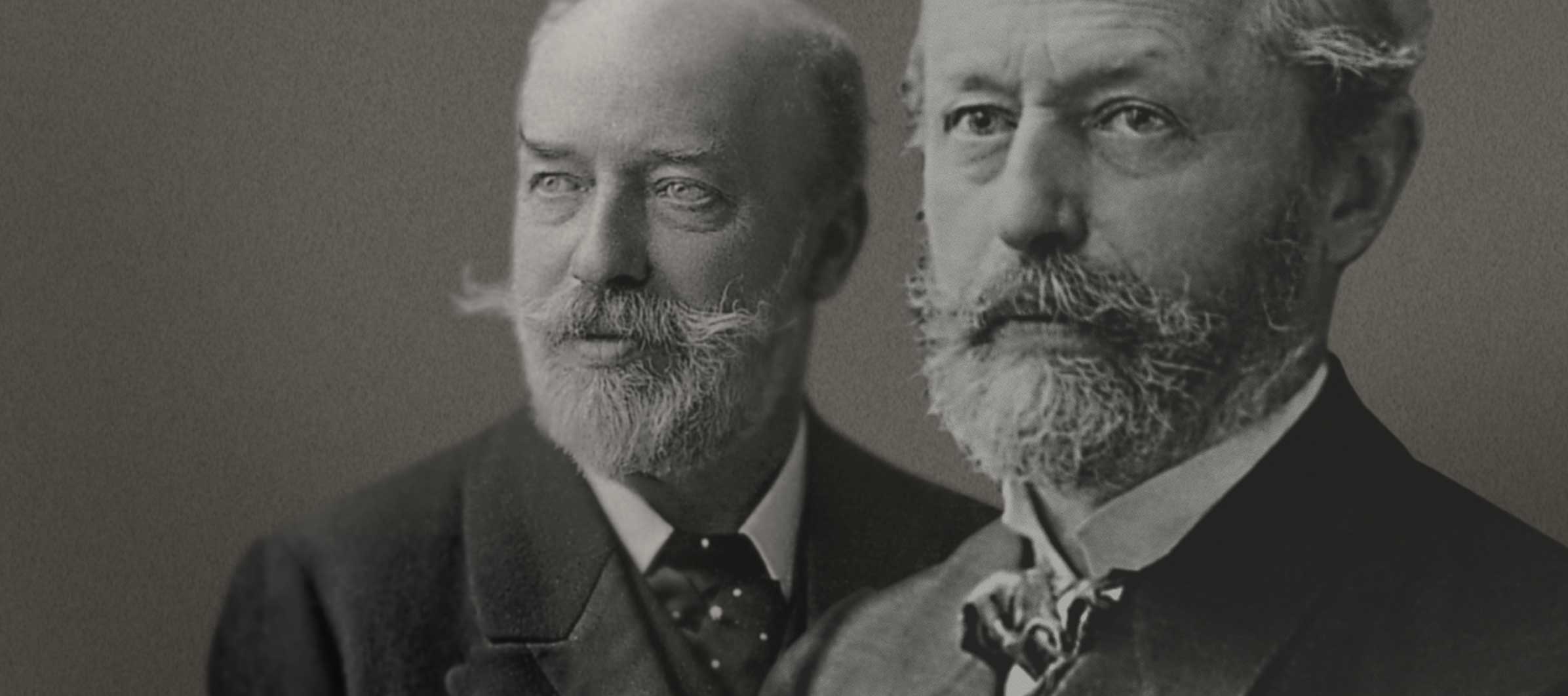
A 21st-century Regulator Dial
Historical regulator clocks were distinguished by their unusual layout with independent hour, minute and seconds hands. As reference clocks, accurate readings were of the essence and to enhance precision readings, the minutes counter was usually the largest of the three. The dial of the Richard Lange Jumping Seconds has pure Saxon lineage and was inspired by the no.93 regulator pocket watch made by Dresden’s royal watchmaker and astronomer Johann Heinrich Seyffert in 1807. Seyffert’s pocket watch featured three intersecting circles, with the largest circle at the top representing the minutes.
Scientific Observation Watches and Dresden
What started out as the eclectic art collection of an enlightened prince, Augustus Elector of Saxony (1525-1586), grew into one of the most important collections of scientific instruments attracting aspiring scientists, astronomers and clockmakers to Dresden. The Elector’s “cabinet for mathematical and physical instruments” was moved in 1746 to the Zwinger, where it is still housed today offering visitors one of the most important collections of clocks and scientific instruments. Not only was the pavilion in the Zwinger the official repository of the royal collection, it was also equipped with an observatory to conduct astronomical observations to determine the time, kick-starting a prolific era of precision time measurement and reference devices. Some of the greatest inventors in science and horology practised their art in Dresden including Köhler, Seyffert, Schumann, Gutkaes, and of course, Ferdinand Adolph Lange.
With a mission to deliver the most accurate reading of the time by which to set other timekeeping devices, horologists often relied on ‘regulator’ clocks with independent hour, minute and seconds hands. Designed for enhanced legibility, in most cases, the all-important minute hand of the regulator was mounted centrally and the hour and seconds hands relegated to sub-dials. As the most accurate timekeeping pieces of their day, regulators were driven by a deadbeat escapement and contained no superfluous functions to ensure nothing detracted from the task at hand.
Although many of us are familiar with the elegant minimalism of the Richard Lange Jumping Seconds dial, the dial of this white gold model is extraordinarily powerful. The inky black background combined with the three overlapping white counters, and that daring dash of red, create a very different ambience, compared on occasion to the aesthetics of the Bauhaus movement. It is assertive, masculine, contemporary, highly legible and elegant at the same time. The intersecting counters reinforce the ‘scientific/mathematic’ nature of regulators and even the Roman numerals on the hour counter are similar to Seyffert’s watch.
The Arabic numerals (15, 30, 45 and 60) on the counter corresponding to the minutes are picked out in red and the small triangle that appears at the intersection of the hour and minute circles is an end-of-power indicator that switches from white to red when there are ten hours of energy left in the barrel. The hour and minute hands are crafted from solid white gold while the longest hand of them all, corresponding to the seconds, is made from rhodium-plated steel with a rhombus-shaped counterweight.
Jumping Seconds
F.A. Lange developed a jumping seconds mechanisms for a pocket watch in 1867, which his sons Richard and Emil adapted slightly and filed for patent ten years later. What is astonishing to learn is that the very first watches fitted with Lange’s patented jumping seconds allowed the large sweep seconds hand to be started and stopped with a button, but couldn’t be zeroed. This same principle, described in patent no.182 of 1877, was incorporated in the 1815 “Homage to Walter Lange” watch.
Also known as seconde morte or deadbeat seconds, a jumping seconds literally jumps 60 steps per minute allowing for precision time consultations. Similar to the motion of the seconds hand on a quartz watch, a jumping seconds complication makes the hand land firmly and decisively on the track marking each passing second in the most legible way possible.
Remontoir d’Egalité and Zero-Reset
What makes the movement of this watch all the more impressive is that the jumping seconds function is combined with a constant force mechanism in the form of a remontoire and a zero-reset mechanism. Designed to prevent power and amplitude derivations, the spring-powered remontoir transforms the declining torque of the mainspring barrel into identical bursts of energy that are delivered to the escapement in one-second intervals. You can read all about the complex mechanics in Xavier’s knowledgeable article on constant force escapement mechanisms here, and in his review of the first Richard Lange Jumping Seconds.
The zero-reset mechanism, which is activated by pulling the crown, means that the seconds hand can be stopped and reset at a time signal to achieve to-the-second precision. When the crown is pulled out, the cam-poised balance wheel is stopped and the seconds hand advances to the zero position, just like in a chronograph. When this occurs, the flow of power from the constant force escapement to the going train has to be interrupted and is achieved with a proprietary multi-disc clutch.
Calibre L094.1
The sapphire caseback reveals the large manual-winding movement (33.6mm x 6mm), calibre L094.1, with the classic three-quarter plate. Decorated and assembled by hand, the finishes are in line with Lange’s exacting standards with bridges made from German silver and decorated with Glashütte ribbing, a hand-engraved balance cock with a floral design and eight screwed gold chatons. Comprised of 390 parts, the in-house balance spring oscillates at 21,600vph and the functions – hours, minutes, jumping seconds with stop seconds and zero-reset function, end-of-power indication – will keep optimum time for stretches of up to 42 hours.
Case and strap
The white gold case of the watch is identical in size and style to its predecessors and has a moderate diameter of 39.9mm and a height of 10.6mm enhancing the watch’s wearability. The watch comes on a hand-stitched black alligator strap with a Lange prong buckle in white gold.
Retail price for the Richard Lange Jumping Seconds in white gold is EUR 71,000 (incl. taxes). For more information, please visit www.alange-soehne.com.

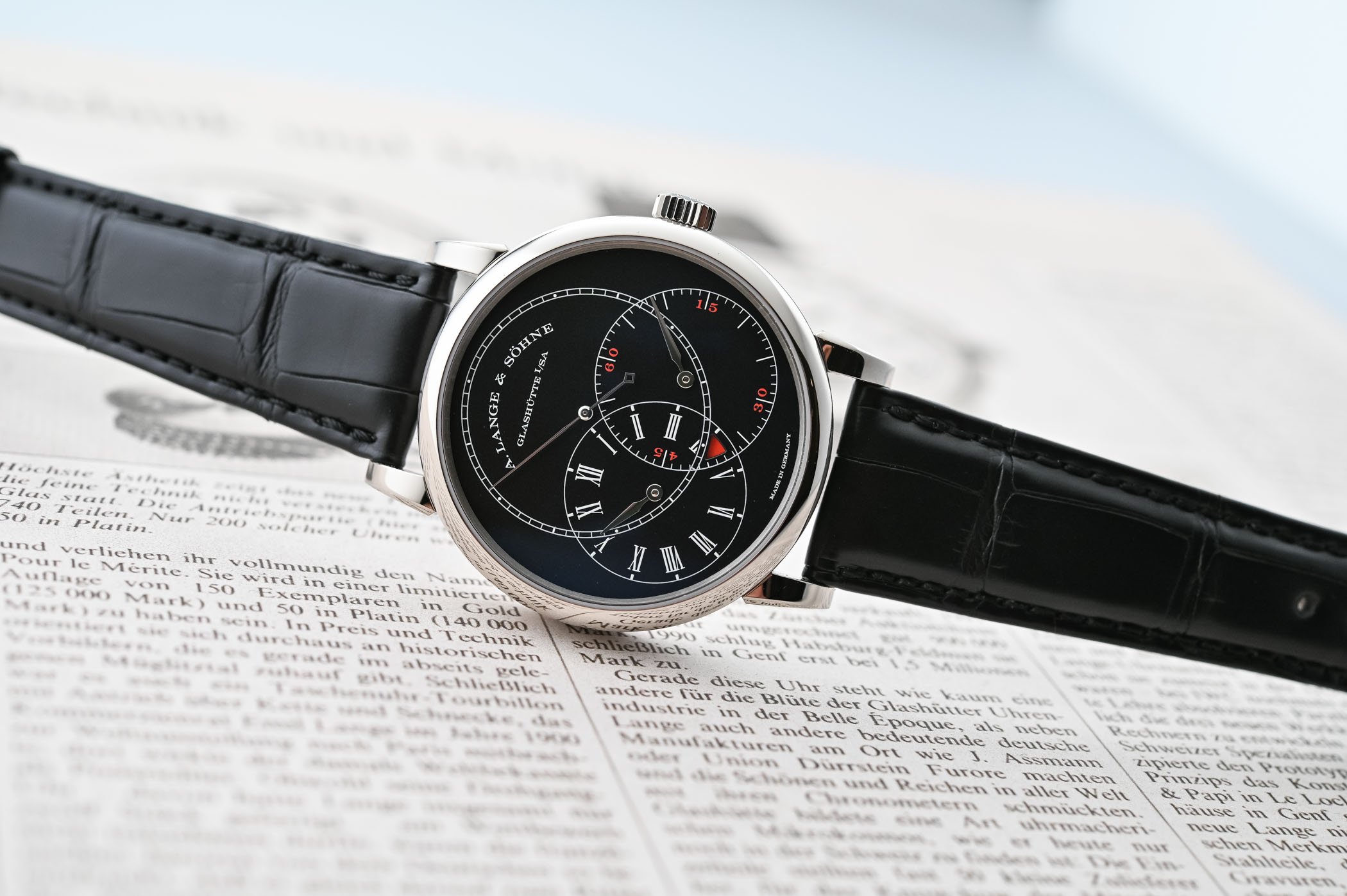
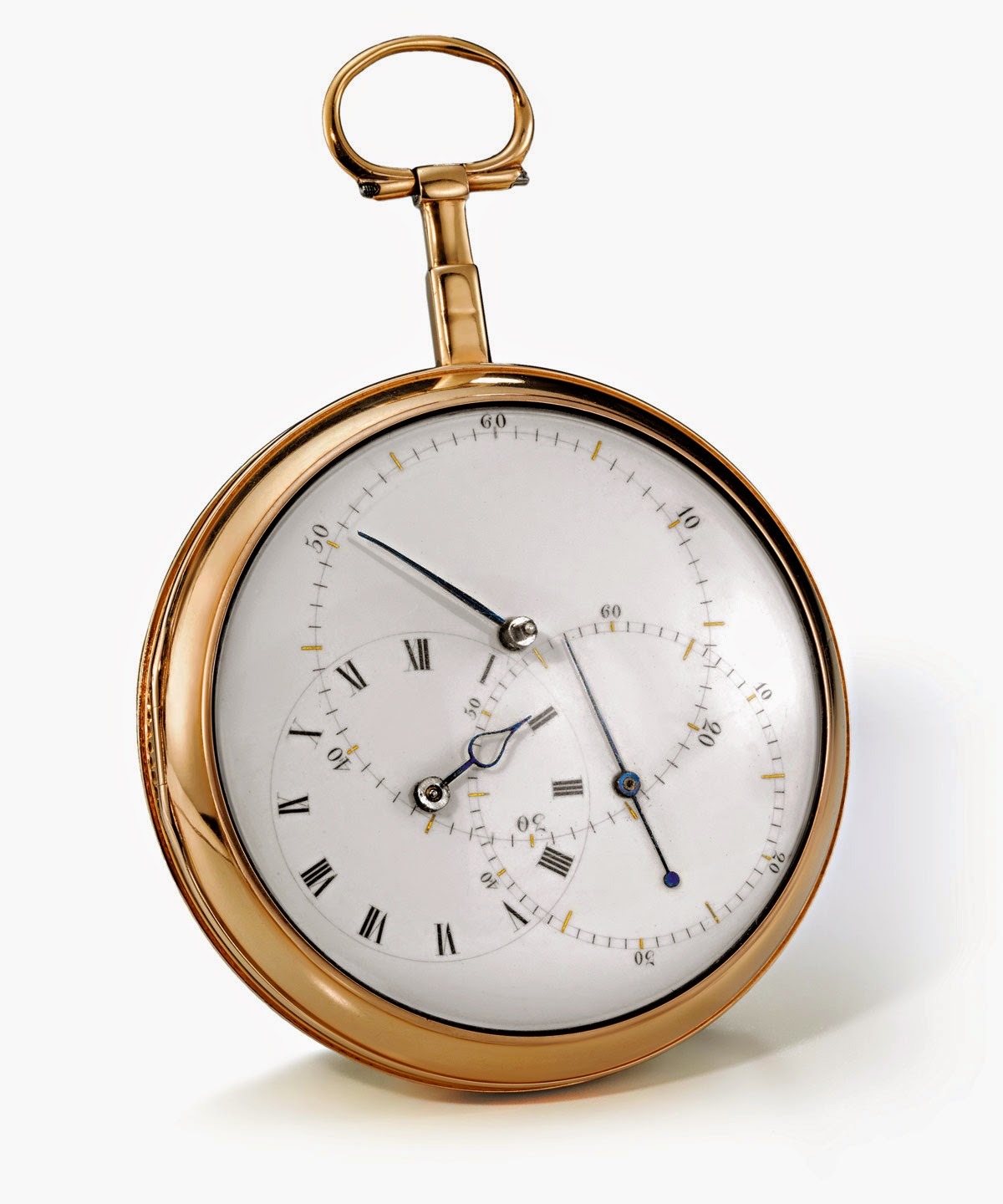
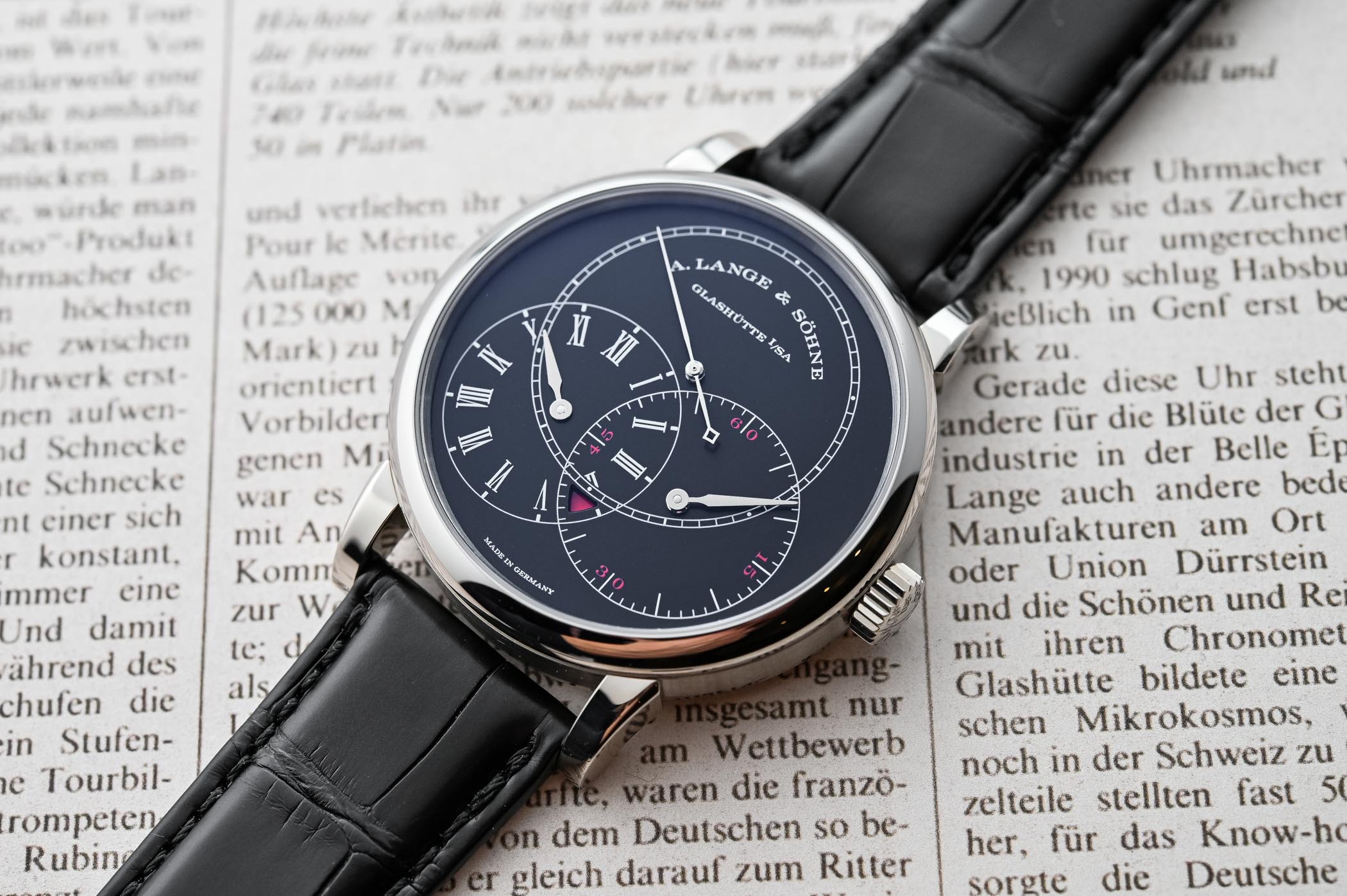
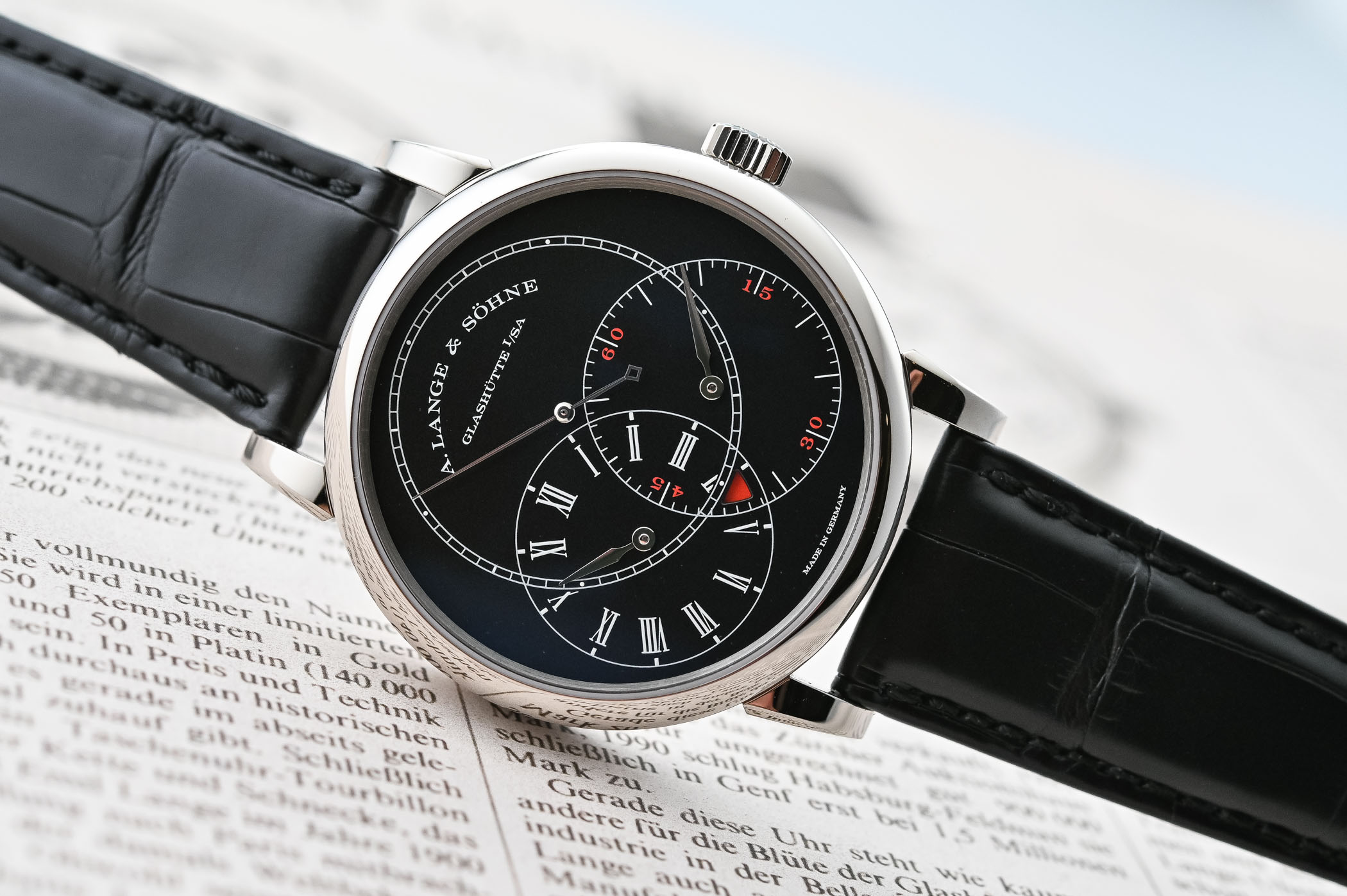
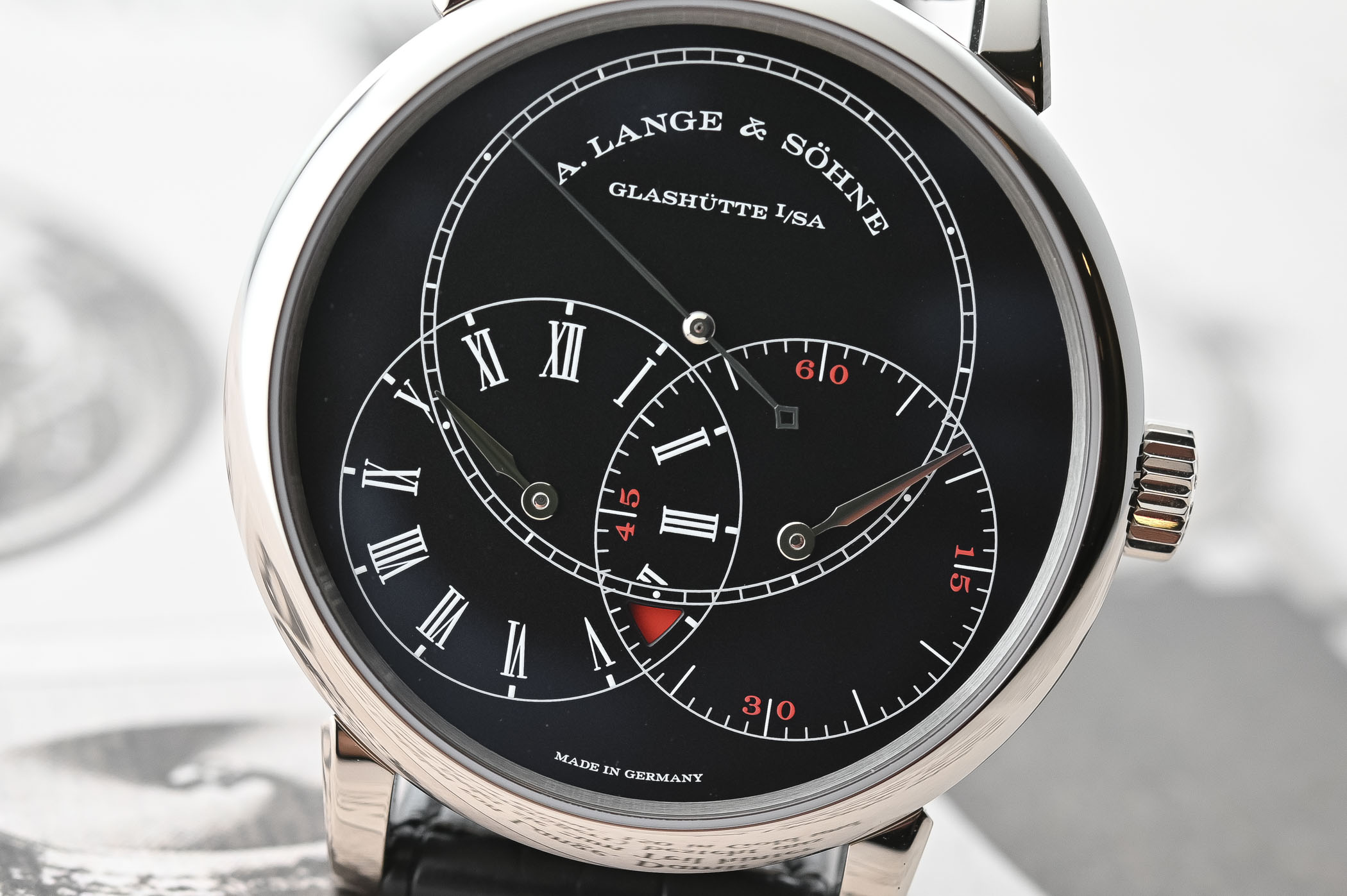


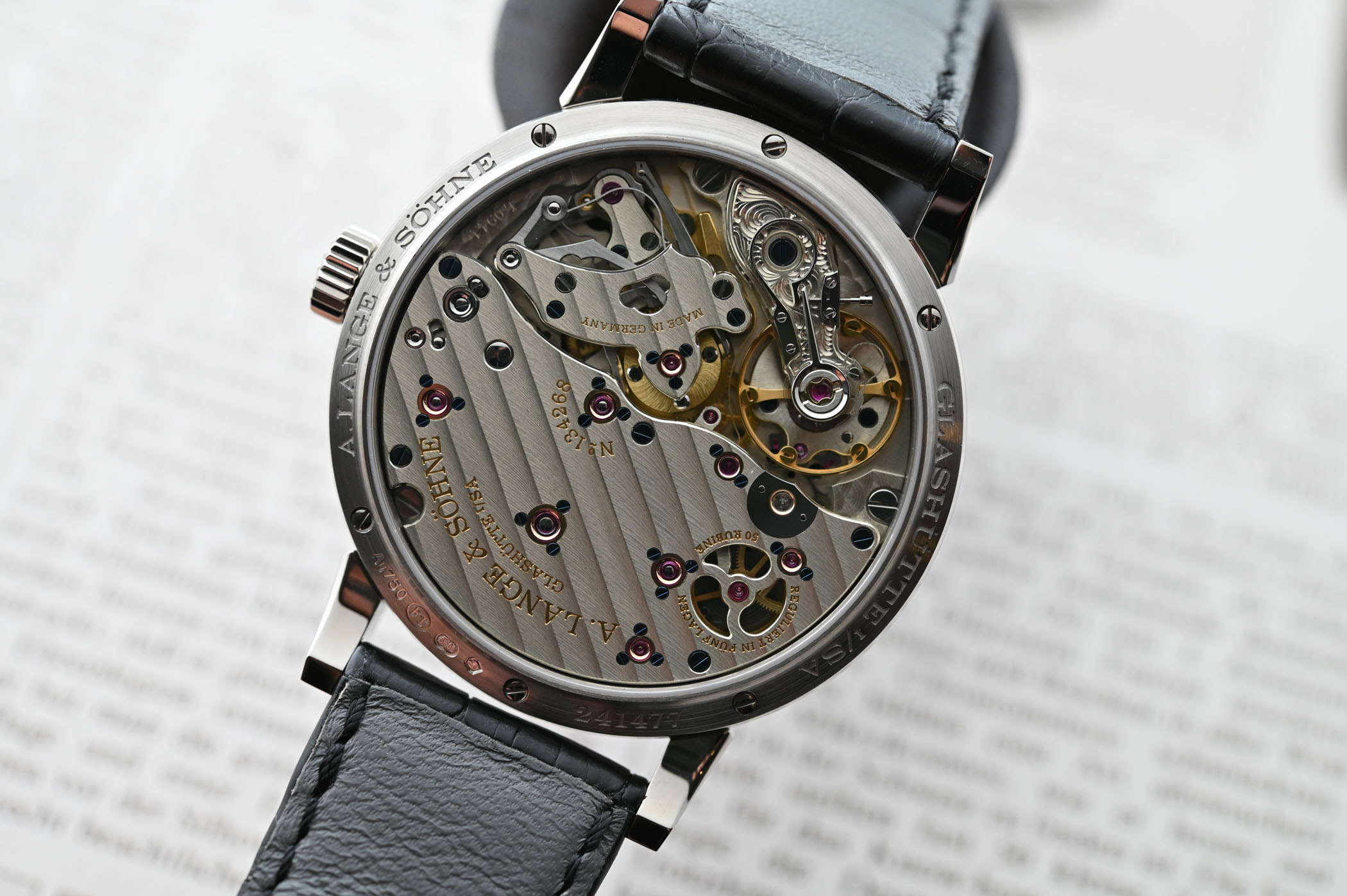
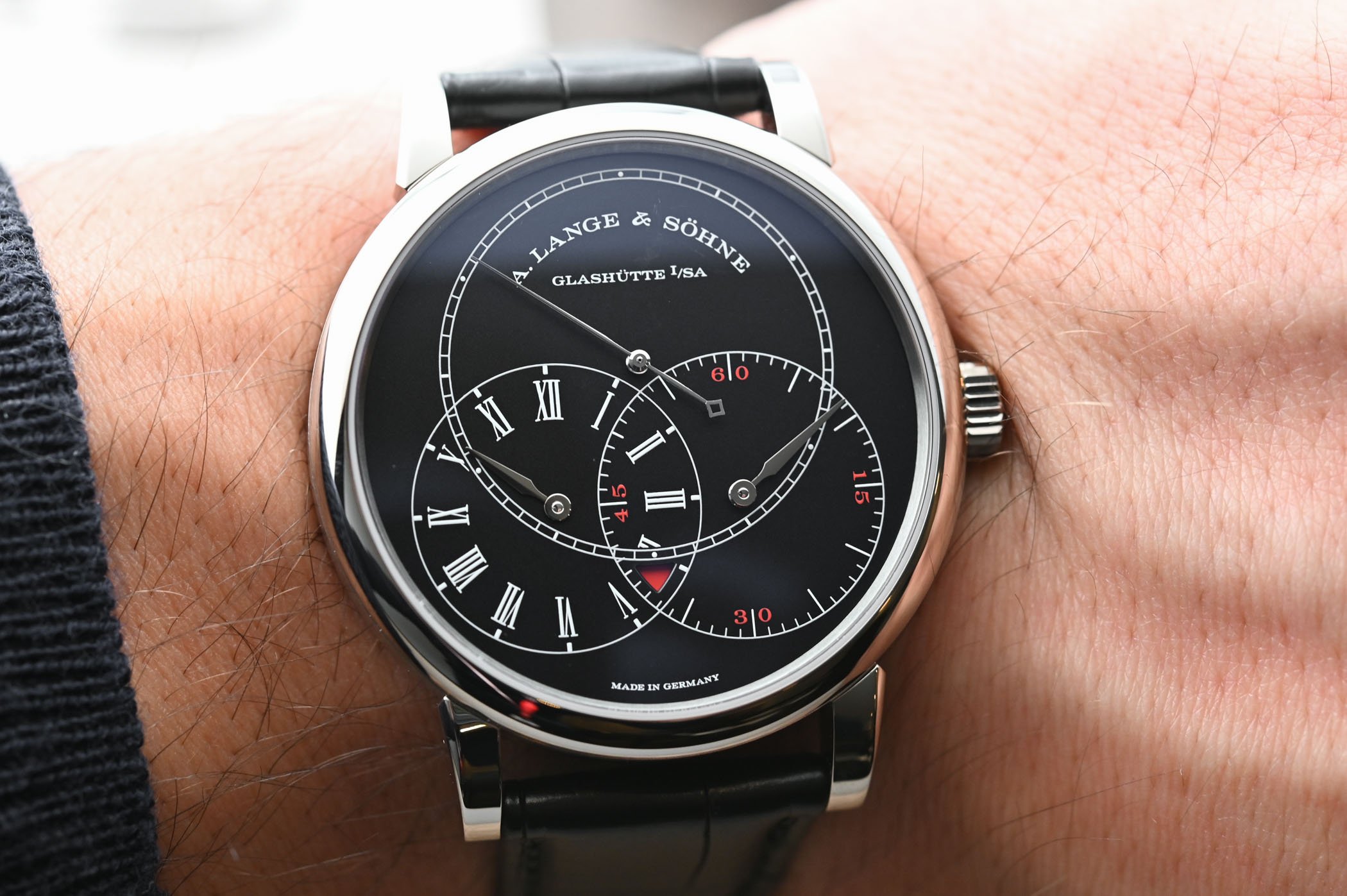
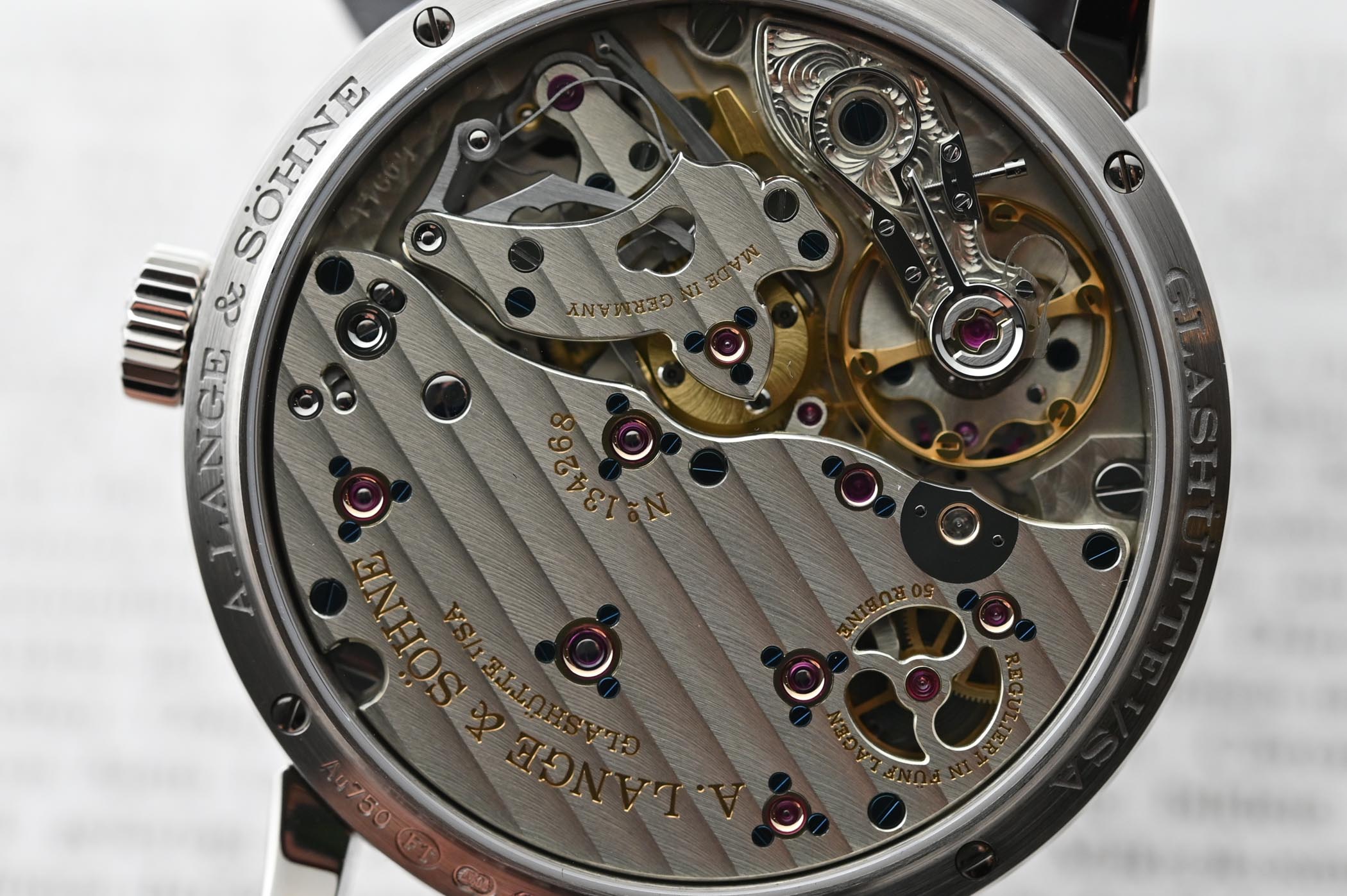
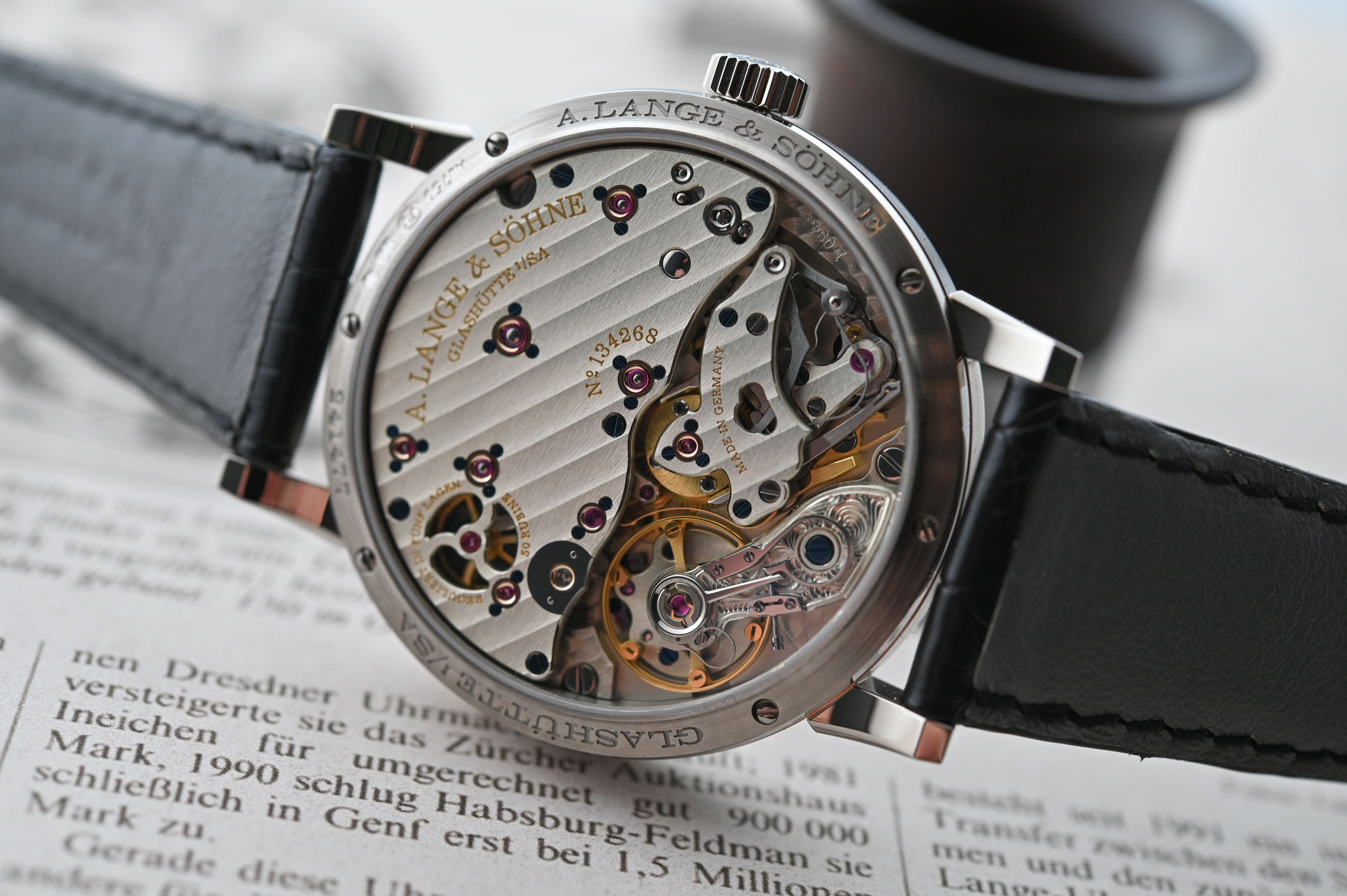




2 responses
Certainly beautiful and precise in the Lange tradition; it’s just that this calibre has no utility as a chronograph and is probably best used for taking heart rates. Yes, the mechanics of the dead beat seconds and zero reset are marvels (and certainly not unique), but the wow factor here comes from the dial and the gorgeous symmetry of the hands.
The watch is ridiculously good looking. All that in a sub 40mm dial and 10mm casing. This watch kicks alot of butts. I may have to trade a few pieces to acquire this, but will certainly do that!